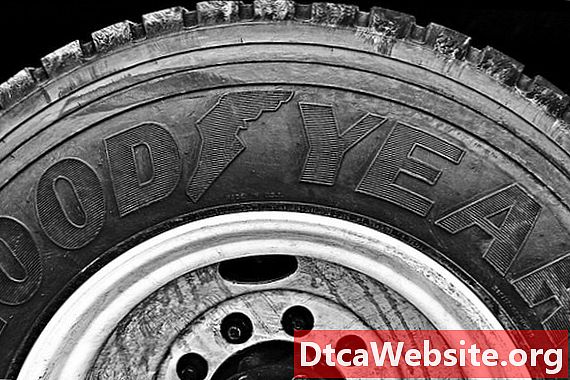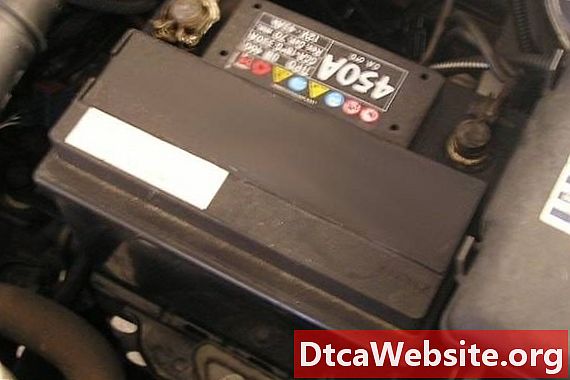
Contenu

Changing the diameter of a vehicles tire can drastically affect every aspect of its performance, from acceleration, to braking, to fuel economy. From one extreme to the next, a vehicle can gain or loose as much as 25 percent of its fuel economy, just by changing tire diameter. There are a number of factors that can affect this: The engines torque curve, vehicle weight, aerodynamics and gearing.
Common Ideas
The most popular notion about how tire size affects fuel economy is that a tire with a larger diameter will cover more ground per revolution, thus reducing overall gearing and causing the engine to run at lower revolutions per minute (RPM). Some assume lower RPM equates with less fuel used to travel the same distance. Though this idea does have its merits and is true in some cases, the effect is hardly universal and varies greatly depending upon the vehicle and the increase or decrease in diameter.
Torque Curves
The biggest factor in how tire size affects economy is the engines torque curve, relative to vehicle weight. Smaller displacement engines produce less torque (twisting force) per revolution, and must spin at higher RPMs to make power. Engines are generally most efficient when running at the RPM at which they produce peak torque, or the greatest amount of force per revolution.
Gearing Effects
A car should be geared so that it stays as close to the peak torque RPM as possible for greatest efficiency. If you have too large of a tire, the engine will fall below its range of optimal efficiency, requiring more fuel to stay running at the same RPM. If the tire is too small, the engine will be spinning faster than necessary to maintain speed, thus wasting power and fuel.
Best Applications
The only vehicles which stand to benefit from a larger diameter tire are those produce more torque than they need to in order to maintain speed. This can include cars which have a final drive gear ratio optimized for acceleration (like sport package Civics and the Dodge Charger R/T), or Diesel trucks and cars that always produce torque in excess to drive speed (such as the Ford F-350 and Volkswagen TDi). Diesel-powered vehicles can almost always stand to benefit from a slightly larger tire, since their peak torque occurs practically at idle.
Other Tire Effects
Increasing the width of a tire can impact fuel economy as well. Wider tires create a larger contact patch, the area of the tire actually touching the road. While this is good for performance, it can create a higher resistance to coasting, meaning that the engine will have to use more power and fuel to maintain speed. Taller tires will also raise the vehicle higher further from the ground and can, according to BF Goodrich, increase its wind resistance and decrease its fuel economy.


